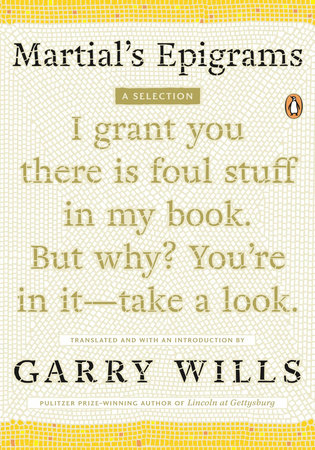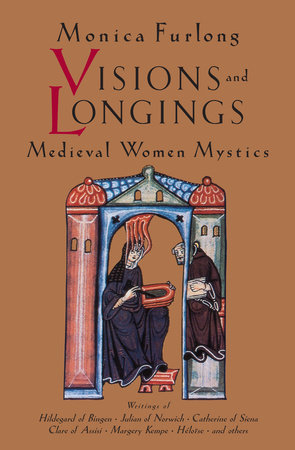

Visions and Longings
By Monica Furlong
By Monica Furlong
Category: Religion | World History | Biography & Memoir

-
Apr 15, 1997 | ISBN 9780834829305
YOU MAY ALSO LIKE
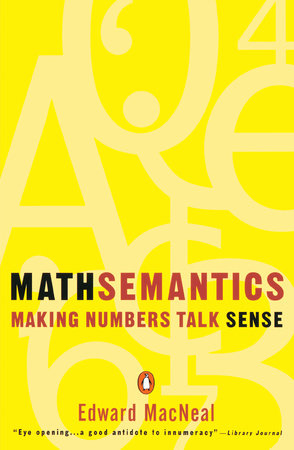
Mathsemantics
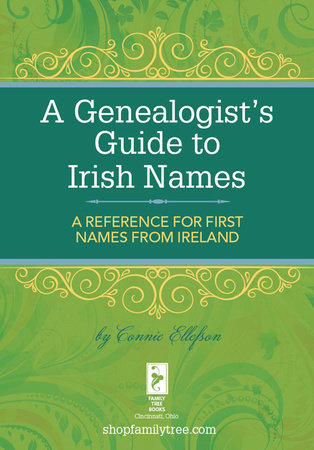
A Genealogist’s Guide to Irish Names
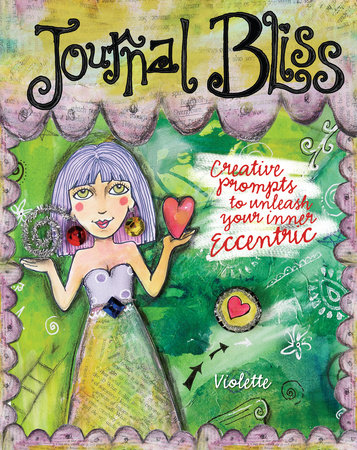
Journal Bliss
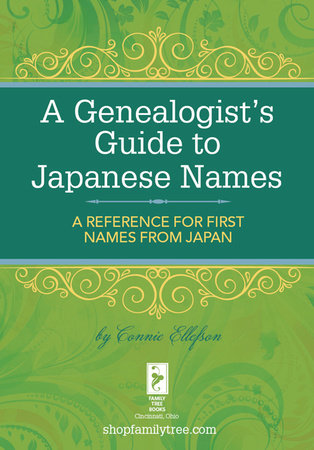
A Genealogist’s Guide to Japanese Names
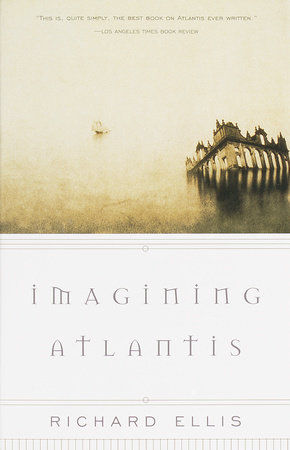
Imagining Atlantis

Call to the Center
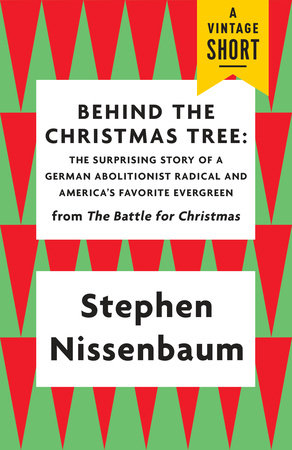
Behind the Christmas Tree

The Complete Idiot’s Guide to U.S. History, Graphic Illustrated
Praise
"Furlong’s anthology is distinguished by the range of material. It not only sharpens understanding of medieval mysticism but also enhances our vision in a world where mysticism and longing remain intimately intertwined."—Booklist
"An excellent guide."—Publishers Weekly
"Mystics are not normal people," opines British novelist and biographer Monica Furlong in this introduction to ten mystics and one wronged woman from the high Middle Ages. Furlong’s mystical women defy parents, loathe sex, obsess over distant sins, hear voices, seek pain, and occasionally strip themselves bare in public places. But their abnormalities are not incapacitating—they also establish monastic communities, confront popes, and produce literature that is still published today, centuries after their normal contemporaries have been forgotten.
"Furlong, whose previous biographical subjects include John Bunyan, Therese of Lisieux, Thomas Merton, and Alan Watts, writes not only as a scholar but as one who has been personally touched my medieval mystical vision: ‘the conviction that there is a reality, a profound meaning, behind or beyond or within the world of appearances.’ These strange women fascinate her; she wants to introduce them to readers who might be intimidated by dusty original sources. And so, in her own words and theirs, Furlong sketches rebellious Heloise (the one nonmystic in the sorority), runaway Christina of Markyate, a visionary Hildegard of Bingen, the lovesick Beguines, sickly Clare of Assisi, joyful Angela of Foligno, strong-willed Catherine of Siena, mad Margery Kemp, and optimistic Julian of Norwich.
"Visions and Longings is an anecdotal introduction to mysticism; Furlong has no interest in providing theological history or analyzing these women’s stories in light of their tumultuous political contexts. Rather, despite her assertion that her heroines are ‘bizarre and extraordinarily unlike ourselves,’ she hold them up as contemporary role models: autonomous, subversive, powerful, independent, and adamantly antihierarchical. If this approach occasionally leads toward anachronism, it may also facilitate appreciation and understanding of times past. It may even stimulate critical thinking about today’s popular spirituality titles that promise improved health and happiness—a kind of mystical wholeness—as a side effect of divine union. By contrast, the mystical women of Christian tradition sought nothing of the sort, finding union with God in spite of—or even through—illness and suffering. ‘It may be,’ Furlong suggests, ‘that through wounds in the psyche, cracks in the personality, neurotic or psychotic traits, through depression and hysteria and paranoia, a way is made for the transcendent to reach into the human condition.’"—LaVonne Neff, Books & Culture
21 Books You’ve Been Meaning to Read
Just for joining you’ll get personalized recommendations on your dashboard daily and features only for members.
Find Out More Join Now Sign In








